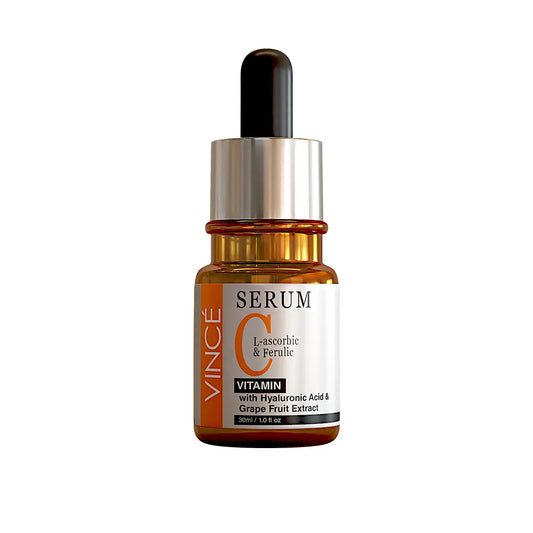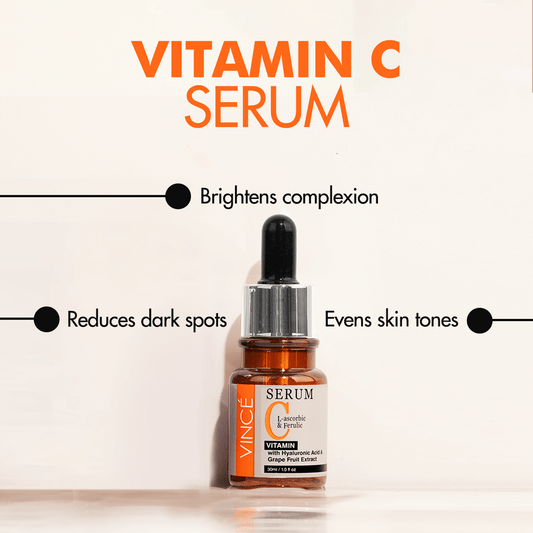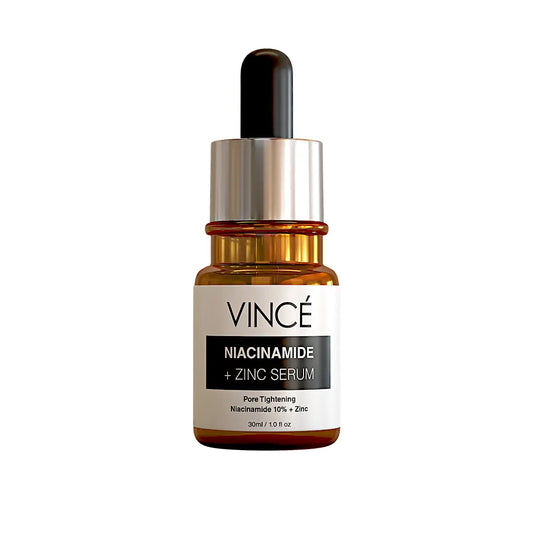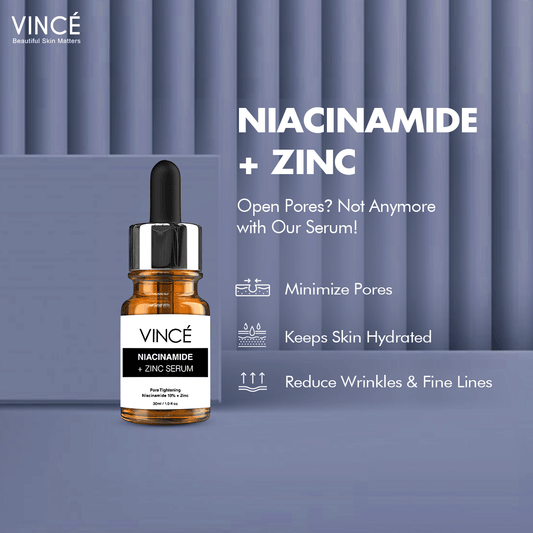How Does Sunblock Protect From Sunburn?

Sunscreen is a great way to protect your skin if you're going out in the sun. Ultraviolet rays from the sun damage skin cells. It can also cause sunburn, aging, and skin cancer.
Sunscreen protects the skin. It is essential in preventing ultraviolet (UV) radiation from being absorbed by the skin. No sunscreen blocks 100% of UV radiation.
But they leave your skin out long before it turns red. Using sunblock doesn't mean you can stay out in the sun indefinitely. Your skin cells are still being damaged.
How Does Sunblock Protect From Sunburn
With winter in full force and spring right around the corner, we'll all undoubtedly be getting more sun. But you won't want to worry about sunburn when covering up in the heat.
As we're all reminded endlessly by our favorite television shows and probably our worried mothers, sunscreen is essential for protecting our skin from UV light.
How Does Sunblock Work
Sunblock works by blocking and absorbing UV rays through physical and chemical particles. Physical particles, such as titanium dioxide and zinc oxide, reflect UV radiation from the skin.

At the same time, chemical ingredients in sunblock’s react with radiation before it penetrates the skin, absorbing the rays and releasing the energy as heat.
A combination of blocking and absorbing UV rays is essential to combat UVB and UVA rays.
UVB radiation is the leading cause of sunburn and skin cancer. On the other hand, UVA rays penetrated deeper into the skin and were once thought to only cause skin aging and wrinkles.
However, recent research has confirmed that UVA rays also play an essential role in developing skin cancer. Yet, many sunscreens on the market contain ingredients that only block UVB rays, thus providing insufficient protection against harmful UVA radiation.

Another factor to consider in sunblock is the sun protection factor, or SPF, commonly misconstrued as the power of conservation. However, it refers to how long it takes UVB rays to redden the skin with sunblock.
For example, an SPF of 15 means that the skin will take 15 times longer to burn with the product than without the product.
So, look for a sunblock that offers UVA and UVB protection with an SPF of 15 or higher so you can better enjoy your fun in the sun.
If you have pale skin or spend a lot of time in the sun, you are at increased risk of sunburn. In general, more severe sunburns take longer to heal than milder cases.
Other factors determine how quickly you heal, how well your treating your sunburn, and whether you have a condition that slows the healing process, such as diabetes or artery disease.
There is no magic cure for sunburn, but there are many ways you can support your body's natural healing process.
Types Of Sunblock
Sunblock combines different ingredients to help prevent UV rays from damaging your skin. There are two types of sunblock ingredients:
1. Physical Blockers:
Physical blockers, titanium dioxide, or zinc oxide are minerals incorporated into fine particles. They stay on the skin's surface and reflect UV rays away from the skin.
2. Chemical absorbers:
Chemical sunscreen ingredients form a thin protective film that absorbs UV rays before they penetrate the skin.
Both physical and chemical sunblocks are effective for sun protection, but chemical sunblocks can cause more irritation and side effects. Different levels of SPF ratings allow different percentages of harmful radiation photons to penetrate the skin.
To determine how long your sunscreen works, you need to understand its SPF rating and how it correlates to your skin tone and photosensitivity.
The only way to continuously protect your skin from the sun is to re-apply. Re-apply every two hours more often if you're spending time in the water or sweating.
Certain body parts are more prone to sunburn because they are exposed more often, especially during the summer.
Which Type Of sunblock is Better?
Both types of sunscreen have benefits. Many sunscreens you find at the store combine the two types.
Physical sunblocks usually do not irritate, sting, or cause allergic reactions. But they can be white and greasy. Chemical sunblockn ingredients are generally clean and easy to apply. But they are more prone to irritation and allergic reactions.
Therefore, many sunblocks combine the two to maximize the benefits but minimize the harm. And many broad-spectrum coverage sunscreens require a combination of ingredients to protect against UVA and UVB rays, the two types of rays that damage the skin.
How To Select A Sunblock
Sunblock protects against sunburn and reduces suntan by absorbing or reflecting UV rays. Choosing a good sunblock is essential to protect the skin. Choose a sunblock that offers the following:
- Broad spectrum protection. It protects against both UVA and UVB rays.
- SPF of 30 or higher
- Water resistant or waterproof. It means the sunscreen protects while swimming or sweating for a certain amount of time, either 40 or 80 minutes, depending on the label.
The best type of sunblock is one that offers benefits. The brand or type you use is your choice. Sunblock is available in creams, lotions, gels, ointments, and sprays. Just be aware that different sunblock’s have different ingredients. Avoid products that contain ingredients that can irritate your skin.
How To Apply Sunblock
Even when people use sunblock, they often don't use it enough or apply it correctly. It limits how useful it is. Follow these instructions:
- Apply sunblock to all unhidden areas of skin that will not be covered by clothing.
- Use at least 1 ounce of sunblock (enough to fill a shot glass) to cover exposed areas. One ounce covers the entire body. But you may need to adjust the amount depending on your body size.
- Apply sunblock to dry skin for about 15 to 30 minutes before going outside. It gives it time to absorb.
- Re-apply sunblock at least every 2 hours or more after swimming or sweating.
- Protect your lips by applying lipstick or lip balm that contains sunscreen with an SPF of 30 or higher.
People should know that children also need protection from the sun. Sunblock is recommended for children over 6 months of age. For infants younger than 6 months, the American Academy of Pediatrics only approves the use of sunblock if adequate clothing and shade are unavailable.
Parents should still avoid sun exposure, especially outside direct sunlight. Dress the baby in light clothing covering most of the skin's surface area. Parents can also apply a small amount of sunblock to exposed areas such as the baby's face and backs of hands.
Conclusion
Sunblock combines organic and inorganic active ingredients that protect the skin against the sun's rays. Sunblock may come in different forms, including liquids, sprays, lotions, creams, and powders.
There are two types of UV radiation that can affect the skin. Longer UV rays are called UVA rays, while shorter ones are called UVB. Age, skin tone, climate, and time of year affect your skin's sensitivity.






